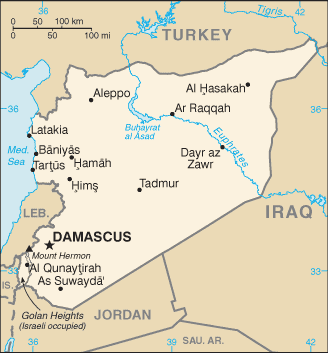Though Syria gave up its actual chemical weapons arsenal in mid-2014, a UN report has blamed the Syrian military for two incidents after that period involving the release of a “toxic substance” which had effects similar to chlorine gas.
 The two incidents, in April 2014 and March 2015, involved Syrian helicopters dropping an unspecified device and then the release of the “toxic substance.” It is unclear whether this meant the devices contained the substance, or simply caused toxic leaks in those residential areas.
The two incidents, in April 2014 and March 2015, involved Syrian helicopters dropping an unspecified device and then the release of the “toxic substance.” It is unclear whether this meant the devices contained the substance, or simply caused toxic leaks in those residential areas.
The same report also confirmed an August 2015 incident in which mustard gas was released in the town of Marea, an incident which was blamed on ISIS, as the only force in the area with the capability to use sulphur mustard-based weaponry.
None of these are really advanced “chemical weapons” in the modern sense, though the ISIS incident demonstrates some rudimentary development to that end. Though hawks are likely to present the incidents involving the Syrian military as “violations,” in practice the primitive and unspecific nature of what happens underscores that Syria’s actual chemical weapons, among the most advanced and substantial extent arsenals as of the early 2010s, was no longer in play.


